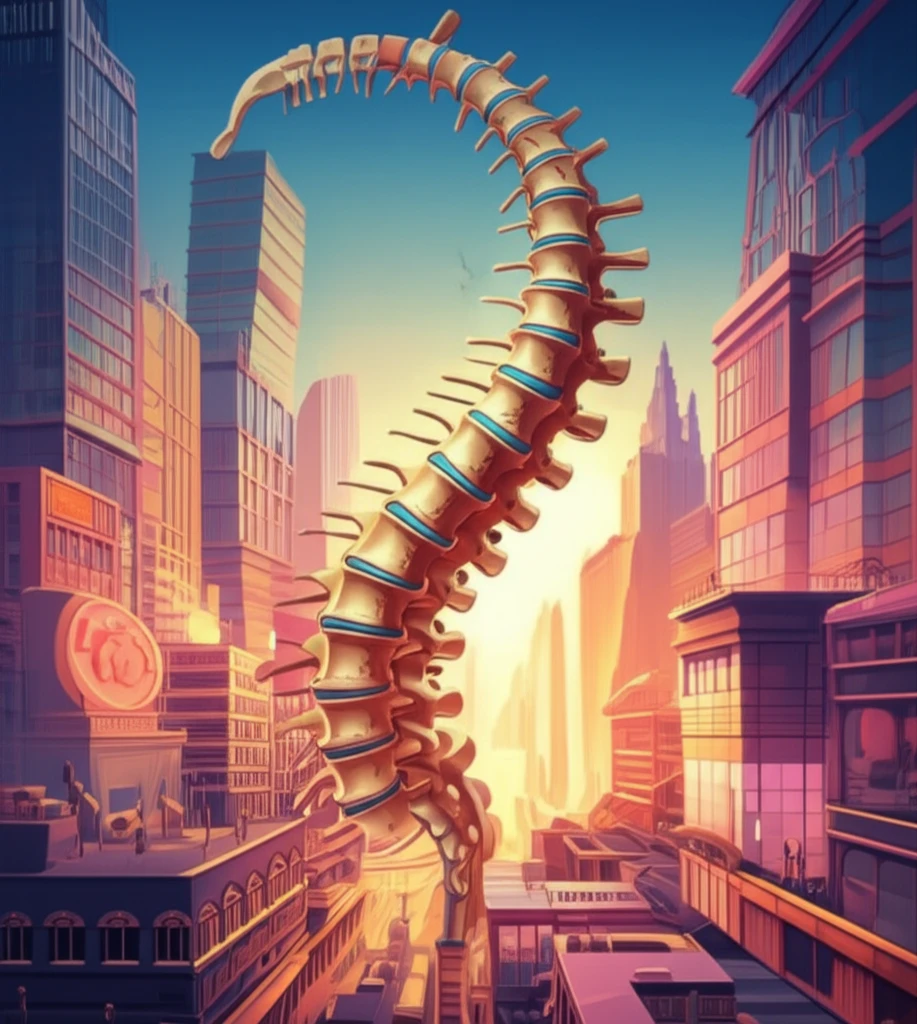
Unlock Your Spine's Potential: How to Find Relief and Balance with Spondylolisthesis Treatment
"Discover effective strategies for managing spondylolisthesis, from understanding spinal alignment to exploring innovative surgical options and regaining a pain-free, balanced life."
Imagine your spine as a carefully constructed tower. When aligned correctly, it supports your body weight with ease, allowing you to move freely and without pain. But what happens when one of the blocks slips out of place? This is similar to what occurs in spondylolisthesis, a condition where one vertebra slides forward over the one below. This slippage can disrupt your body's natural balance, leading to pain, discomfort, and limited mobility.
Spondylolisthesis isn't just a physical problem; it profoundly impacts your daily life. Simple activities like walking, sitting, or even sleeping can become sources of constant pain and frustration. For many, this condition feels like a barrier, preventing them from fully participating in the activities they love. Understanding the condition is the first step toward regaining control and finding effective solutions.
Fortunately, there are effective treatments available to restore spinal alignment, relieve pain, and improve your overall quality of life. From conservative management techniques to advanced surgical interventions, the path to recovery is paved with options tailored to your unique needs. This article delves into the strategies and insights you need to navigate spondylolisthesis, empowering you to make informed decisions and reclaim a balanced, pain-free existence.
What is Spondylolisthesis and How Does It Impact Your Balance?

Spondylolisthesis occurs when one of the vertebrae in your spine slips out of its normal position, most commonly in the lower back (lumbar spine). This slippage can compress the spinal cord or nerves, leading to a range of symptoms. To understand the impact on balance, it's essential to grasp the concept of sagittal balance.
- Pelvic Tilt: The angle of your pelvis influences spinal alignment.
- Lumbar Lordosis: The inward curve of your lower back.
- Thoracic Kyphosis: The outward curve of your upper back.
- Spinal-Pelvic Alignment: How your spine and pelvis work together to maintain balance.
Taking the Next Step: Finding Relief and Regaining Your Life
Living with spondylolisthesis can be challenging, but it doesn't have to define you. By understanding the condition, exploring available treatments, and working with a knowledgeable healthcare team, you can regain control of your spinal health and overall well-being. Remember, the journey to recovery is unique for everyone, so take the time to find the solutions that best fit your individual needs and empower you to live a balanced, pain-free life.
